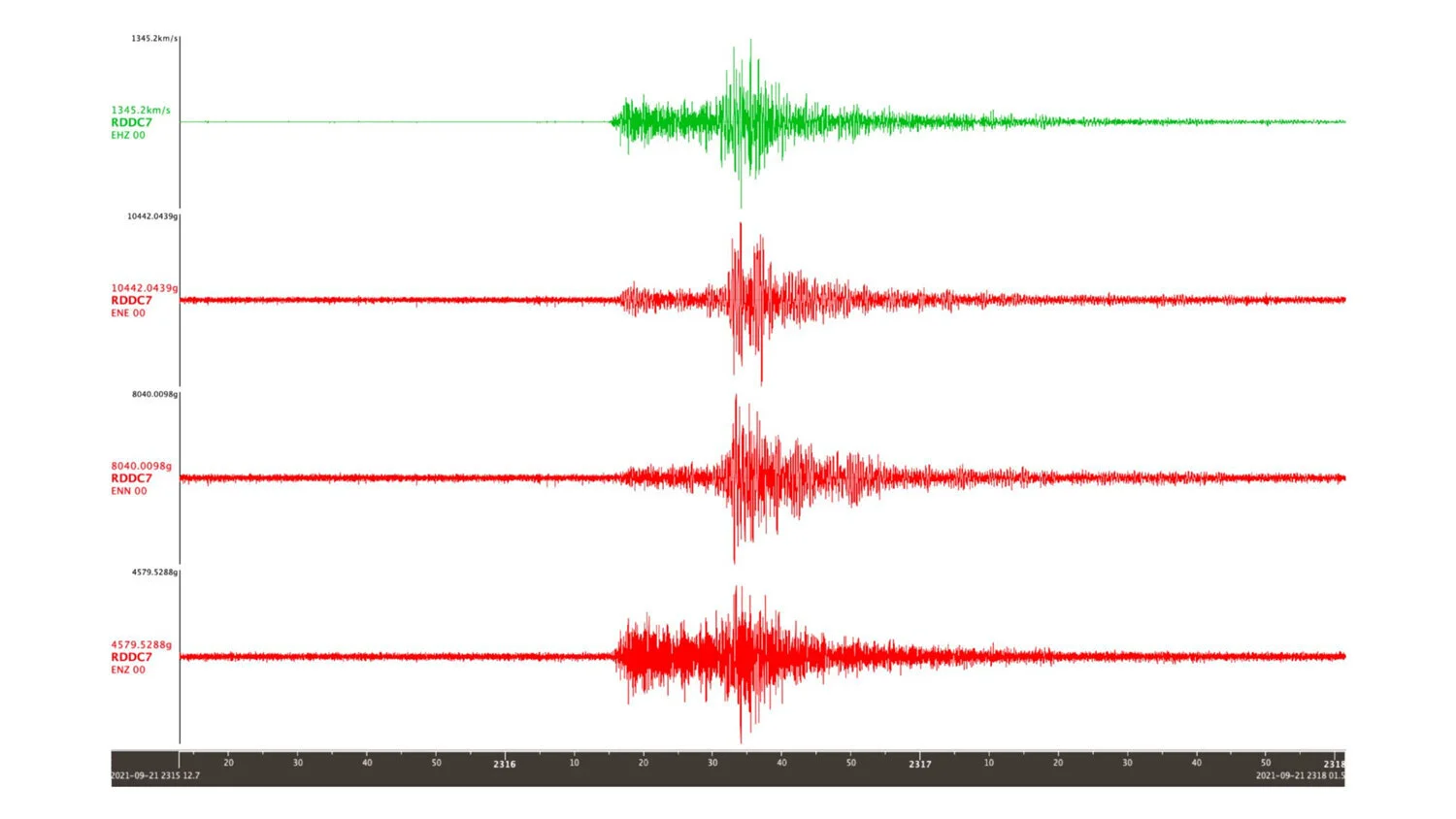In September 2021, AuScope, CSIRO, and Geoscience Australia supported an Indigenous-led workshop titled Ancient Rocks, Ancient Culture And You to explore how the Australian geoscience community can be more inclusive of Indigenous Australians in geoscientific programs.
Read MoreAs another disruptive year draws to a close, I am very proud of all that our AuScope community has achieved in both research, and communicating the value of geoscience. I want to take the opportunity to congratulate and thank you all for your collective efforts and to describe for you a few of the highlights from the last quarter.
Read MoreAuScope is embarking on eight collaborative and NCRIS enabled pilot projects that will help researchers to address climate change, natural resources and education challenges. Each project represents an exciting step in building Australia’s Downward Looking Telescope and addressing national geoscience challenges.
Read MoreMore than fifteen months of work for the AuScope Geochemistry Network (AGN) and partners Lithodat have recently culminated in the release of the AusGeochem platform. Let’s meet the faces behind the platform!
Read MoreThe AGN Project Team and collaborators Lithodat are excited to announce that the first iteration of the AusGeochem platform is now live! AusGeochem is a cloud-hosted open geochemistry data platform that is simultaneously a geosample registry, a geochemistry data repository, and an active research tool.
Read MoreWe are excited to announce the AuScope Research Conference 2021, a two-day celebration of the latest Australian geoscience research that aims to address some of the biggest questions of our time on Earth. This online event will bring our diverse community together, and encourage new ideas and collaborations to seed.
Read MoreEarthquakes! The epidemiologists have been in the limelight recently, so it was nice to have many in eastern Australia turn their attention to geology briefly last week. And as you can see, AuScope seismologists and AuScope instruments were critical to the national effort to understand and locate this somewhat unique event in recent and recorded history.
Read MoreWe have learned a lot about gravity on Earth since its discovery in the 17th century. Now, thanks to new NCRIS enabled research and a good dose of mathematical wizardry, geoscientists can look forward to modelling gravity data with far greater efficiency.
Read MoreAuScope’s Earth Imaging & Sounding team, along with industry and academia are testing new three-node senses during an NCRIS enabled survey that aims to discover, in greater detail, the hidden depths of the Canning Basin.
Read MoreFor a long time, scientists have understood Earth’s atmospheric temperatures to be primarily regulated by cycling carbon between continents, oceans, and the atmosphere. However, new NCRIS enabled research using GPlates software shows that, over the span of millions of years, there is a surprise key player in Earth’s global ‘thermostat’.
Read MoreDr Sara Polanco has been tracking rivers since she was a teenager in Colombia. Her work helps us prepare for the future environmental change of rivers and efficiently manage the water resources for the future. We are excited to profile Sara and her passion for rivers, old and new!
Read MoreHow can the Australian geoscience research community be more inclusive of Aboriginal and Torres Strait Islander people in designing, undertaking, and reflecting on Australian geoscientific programs for mutual and environmental benefit? Join us for an Indigenous-led workshop in September to explore this question together!
Read MoreToday is World Hoodie Day, a time to celebrate young First Nations creativity and to consider ways we can all ‘make space’ in unexpected, necessary and valuable ways to help alleviate educational inequality in Australia. AuScope is proud to support the inspiring ideators of today’s initiative from AIME.
Let’s make space!
The earth shook around Lilydale District School in Tasmania on the 23rd of June 2021 as students jumped into a geoscience workshop with Dr Sima Mousavi from our Auscope Seismometers in Schools (AuSIS) program. The focus: checking in with the NCRIS enabled seismometer down the hall, which is capable of detecting large earthquakes around the world, from New Zealand to Mexico!
Read MoreScience evolves from the capacity to see and think differently. AuScope’s Downward Looking Telescope (DLT) is our vision for a futureproof research infrastructure system that will allow researchers to ‘see’ into Earth and capture, focus and analyse data to help us think deeply about Australia’s future on Planet A. Here we explain the importance of each DLT Component.
Read MoreHeat flow data provide us with unique insights about how the Earth moves; from the churning interior to the rise of mountains and the jostling of tectonic plates. To help understand our future on this dynamic planet AuScope is enabling NCRIS to develop breakthrough heat flow research infrastructure.
Read MoreFrom earthquakes to busy highways, seismic waves are being recorded in more detail than ever before. In this latest collaboration with the NASA Deep Space Network (DSN), researchers from The ANU explain how new tech will enable seismic research in even greater detail, like never before.
Read MoreIn the AGN’s 6th public webinar, Dr Matthew Gard, Dr Derrick Hasterok (both University of Adelaide) and Dr Jacqueline Halpin (University of Tasmania) delivered a webinar on building an internally consistent whole rock geochemical database, and analysis tools that are easily accessible and usable.
Read MoreIn the AGN’s fifth public webinar we heard from Dr Marnie Forster of ANU, the project leader for The National Argon Map project (NAM), who discussed the motivations behind the initiative and how geoscientists can get involved.
Read More




















